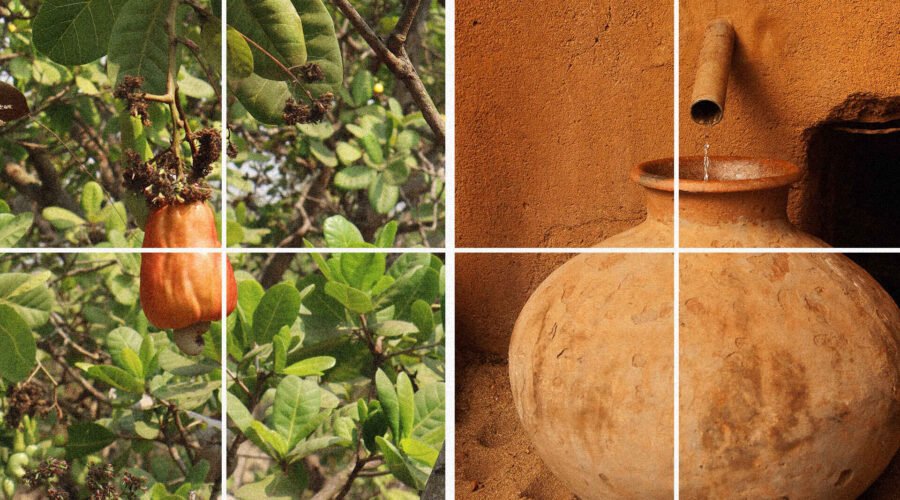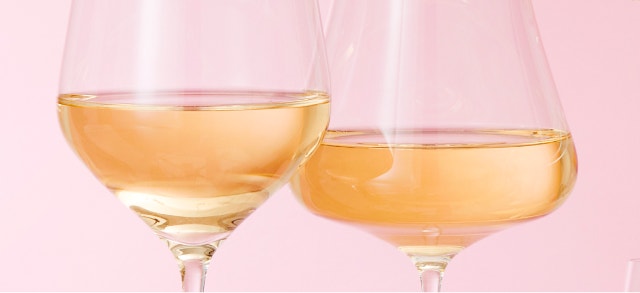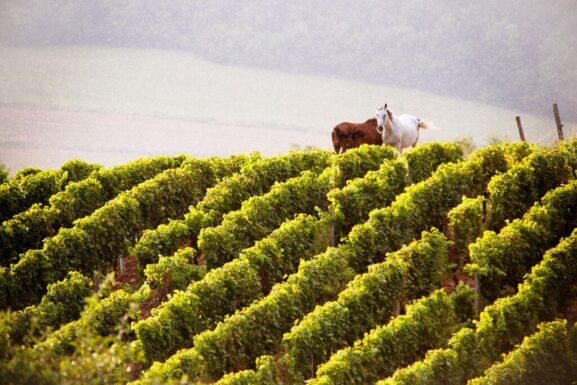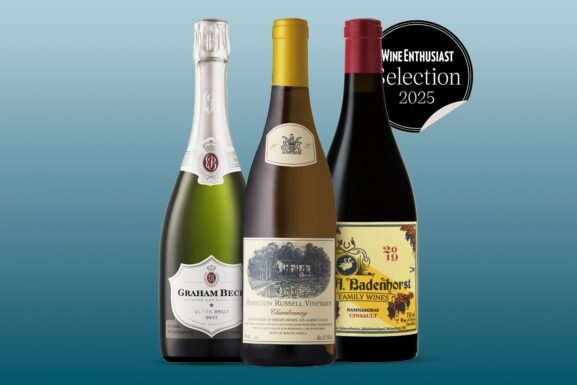What Is Feni? | Wine Enthusiast
As a child growing up in Goa, India, every summer I would eagerly await the break from school. It was then that my siblings and I would trek up a small hill near our home to a cashew farm, where we would help pick the cashew fruit, separate the nuts and even stomp on the fruit. Our reward was neero, the last juice collected from the cashew pulp; a sweet, refreshing summer treat. The main purpose of this whole process, though, was to collect cashew juice for fermenting and distilling into feni, a clear, colorless, potent and strongly aromatic spirit.
What Is Feni?
Just like mezcal is synonymous with agave and Mexico, feni is a liquor that corresponds with Goa, a small state on India’s west coast. Goa is the only place that produces it, and it is most often made in two classical expressions: Coconut or palm feni, which is prepared using toddy (coconut wine) or coconut sap, and cashew feni, which is distilled from the juice of the cashew apple.
Lesser known, but equally delicious, are “gin-style” fenis, created when individual herbs and botanicals—like lemongrass, coffee, ginger, and dukshiri (Indian sarsaparilla root)—are vapor-infused into coconut feni.
“Feni is an original spirit—we have not copied anybody or any other liquor to make it,” says Hansel Vaz, owner of Cazulo Premium Feni. “It is a pre-industrial spirit, completely handmade at every stage and we add nothing to it.”
Most are all-natural and made without additives. “Even the yeast is wild tropical yeasts,” Vaz says. Traditional processes, like underground fermentation, also remain common.
What Does Feni Taste Like?
Feni has a very unique, fruity flavor. “Cashew feni is technically a botanical spirit, with clarity in color and finish. A colorless spirit, on the nose, it is very pungent with tropical fruits like guava, green apple, pear, jackfruit and durian,” explains Vaz. “On its palate, it has litchi, green chili and green coriander. The finish is pungent with green, hot spices.”
He continues, “Coconut is yeast fermented and tart on the nose, minerally with slight vinegar and toddy on the palate.”

How Is Feni Made?
Goans were making coconut feni much before the Portuguese brought the cashew fruit to Goa in the 1500s. The distillation process was then adapted to make cashew feni, which by the 20th century had become the more popular style. In 2009, cashew feni was awarded a government geographical indicator.
Coconut feni is produced in a distillery called soreachi bhatti. The collected palm tree sap (sur) is fermented, added to a bhann (a copper pot) and heated. The vapors collect in another vessel and condense to create a mixture called mollop, which is mixed with sur and distilled again to produce coconut feni.
In comparison, the process of making cashew feni begins when cashew fruit ripes in mid-February or early March, says Bjorn Dias, who makes feni at his family farm. The collected fruit, picked from the ground—never plucked—is taken to a collmi, an oval trench cut into a rock. The cashew is de-seeded and squashed, and the resulting juice goes into a clay pot, buried underground, or in plastic barrels. It’s left to ferment for a few days, after which it’s added to the bhann and twice distilled. (If distilled only once, it’s known as the cashew spirit urraca.)
“The feni-making process is very precise, even if we don’t use any instruments,” says Dias, a staunch advocate of doing things traditionally. “It just tastes better this way.” The prepared feni is then usually stored in big glass bottles called garrafões.

How to Drink Feni
In her book, One for the Road, Biula V. Cruz e Pereira writes that coconut and cashew feni are thought by some to have medicinal properties; it was at one time used as a sedative, and to promote appetite. It can also be used in Indian food, as with the Goan pork curry sorpotel or choris, a type of sausage. Additionally, feni is part of Goan celebrations, from weddings and funerals to church feasts and even certain pujas, a Hindu ritual.
For traditionalists, the ideal way to consume coconut or cashew feni is neat. But the mainstream way of consuming cashew feni is with Limca (a lemon-lime soda), a pinch of salt and a sliced fiery chili. These days, the spirit finds its way into cocktails, too, mixed with ingredients from bilimbi (tree sorrel) to local fruits like mango and kokum.
Where Can You Buy Feni?
There are numerous brands sold in Goa, writes David Wondrich in The Oxford Companion to Spirits & Cocktails. However, “an estimated 75% of what is produced goes straight from small-scale local distilleries (some four thousand of which are estimated to be in operation) to bars and retailers without ever seeing a label,” he says.
In Goa, feni is still largely a drink that’s had at local bars or sourced straight from farms. Major brands include Cazulo, Rhea, Big Boss, Goan Treasure, PVV, Fidalgo Deluxe and Cajulana.
That said, some is exported to the U.S. and is available on some websites. It can also be purchased abroad in Goa, and brought home stateside.
A lighter and less pungent style of feni, Kazkar, “is exported as a mixing spirit to America and Europe, albeit as yet in small quantities,” writes Wondrich.
Fans say it’s one of the best ways to experience Goa. As Vaz puts it, “Drinking feni is the original Goa experience.”




